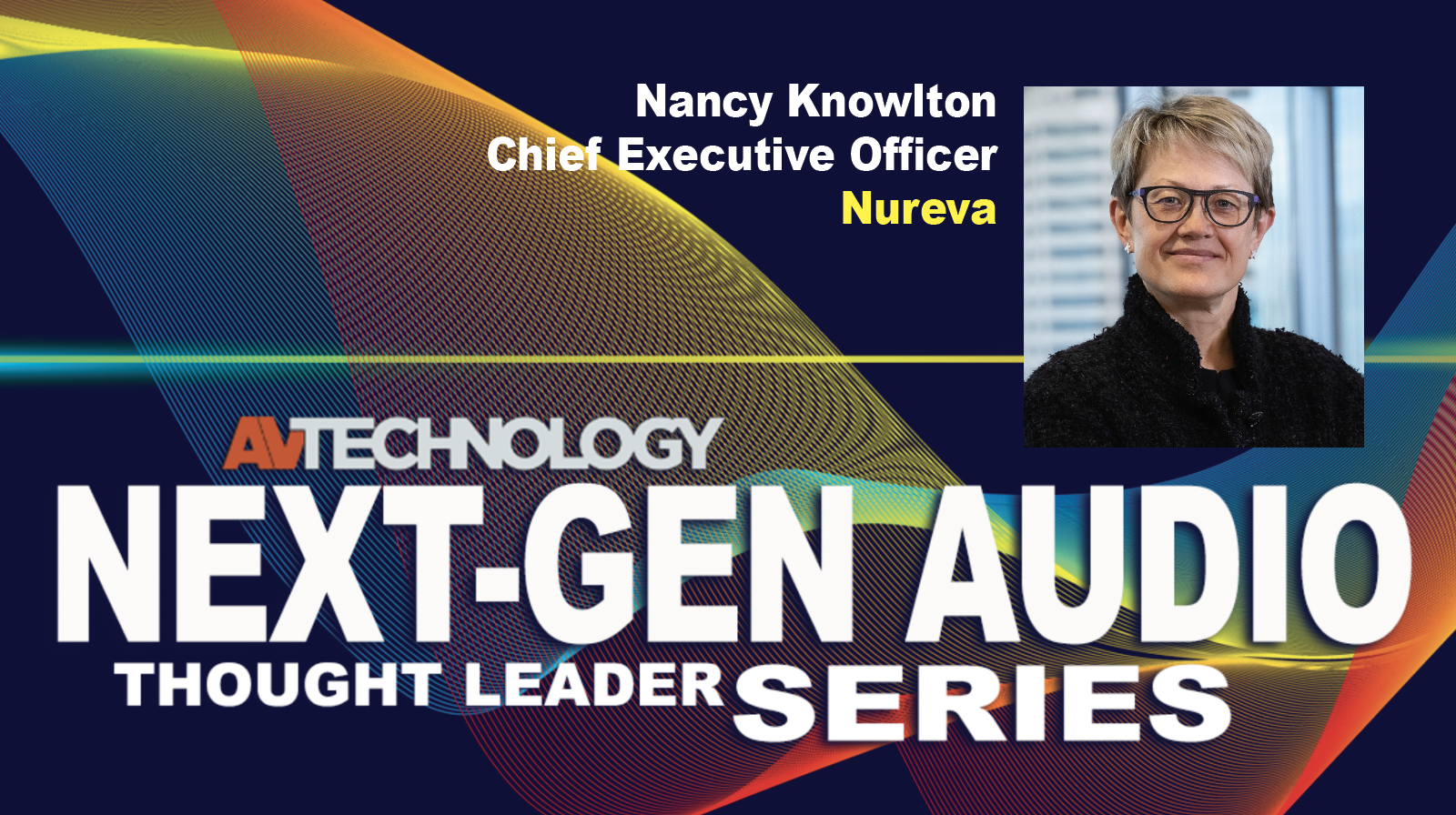AVT Question: Please share insight and best practices for implementing next-gen audio into meeting spaces and classrooms.
Thought Leader: Nancy Knowlton, Chief Executive Officer at Nureva
The number one requirement when selecting a meeting room audio system is its ability to provide intelligible audio. While this might seem like an obvious primary requirement, you’d be surprised how often audio system performance is compromised by room aesthetics and other design considerations.
The prevalence of glass walls, open ceilings, and unfinished concrete floors and walls is the major trend in today’s offices. The thought that less is more is paramount in many designs. All these design choices, however, contribute to a more reverberant room, making the pickup of intelligible audio that much more challenging. The reality is that less really is less when it comes to the quality of the audio experience.
While intelligibility is often expressed as a priority primarily for remote participants, consider that the in-room experience can also be problematic." —Nancy Knowlton, Chief Executive Officer at Nureva
One consideration that can contribute to (or at the very least, not detract from) the audio experience is making the audio experience of in-person and remote participants a design requirement. Set a target RT60 score and evaluate rooms against that requirement.
Additional considerations include placing meeting rooms on the interior of a space, reserving locations with valuable natural light for individual workspaces and limiting the amount of glass; finishing ceilings with acoustic tile systems or panels; adding soft furniture to spaces; adding carpets or area rugs; and acknowledging that some additional room acoustic treatments may be required after construction. Measure and add these as needed.
While intelligibility is often expressed as a priority primarily for remote participants, consider that the in-room experience can also be problematic. Does the sound of outside traffic permeate the room? Is the sound of HVAC systems overpowering? Are the fans in computers and displays distracting?
Being explicit about the desired overall acoustic performance of a room and the technology products within it is a good first step toward getting the desired experience and performance. Independently measuring room performance and canvassing staff to share their experiences will make sure performance stays on track.

